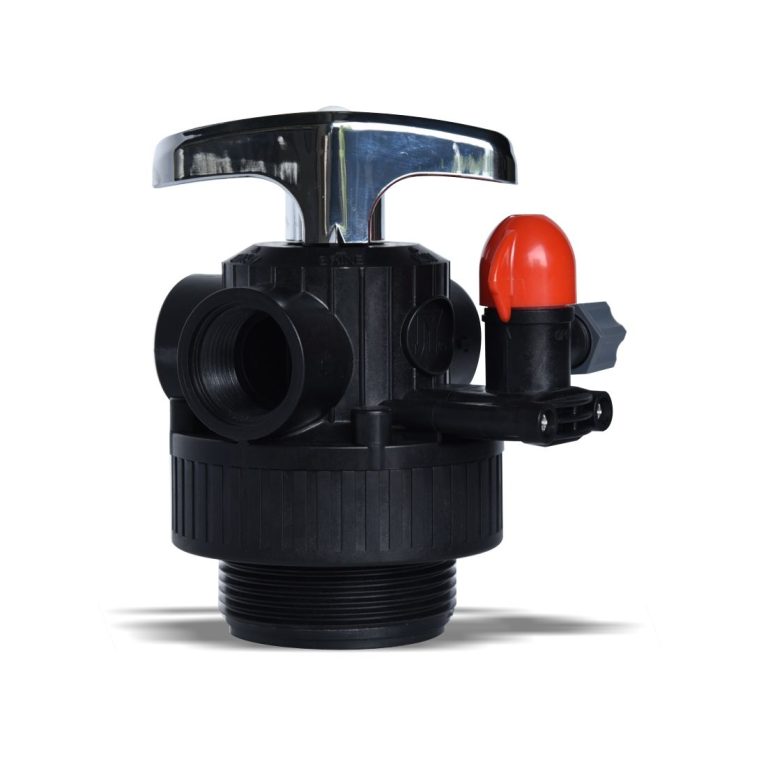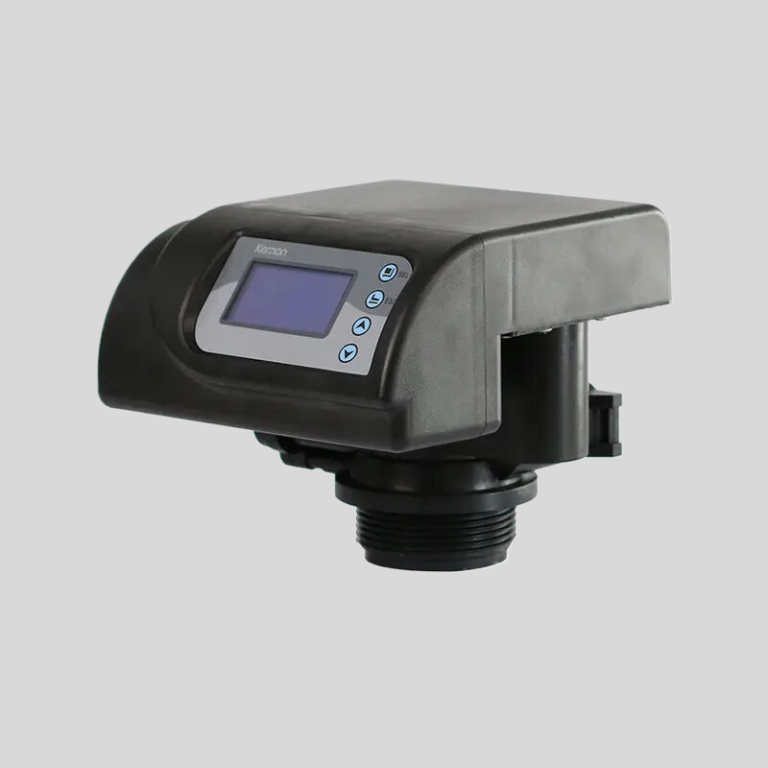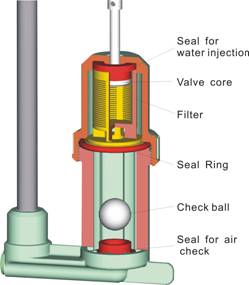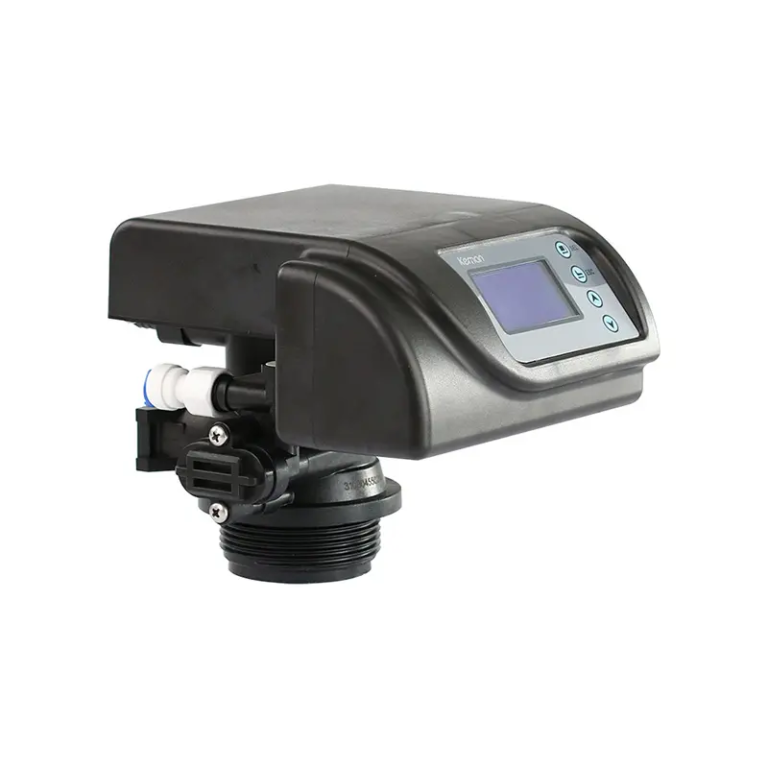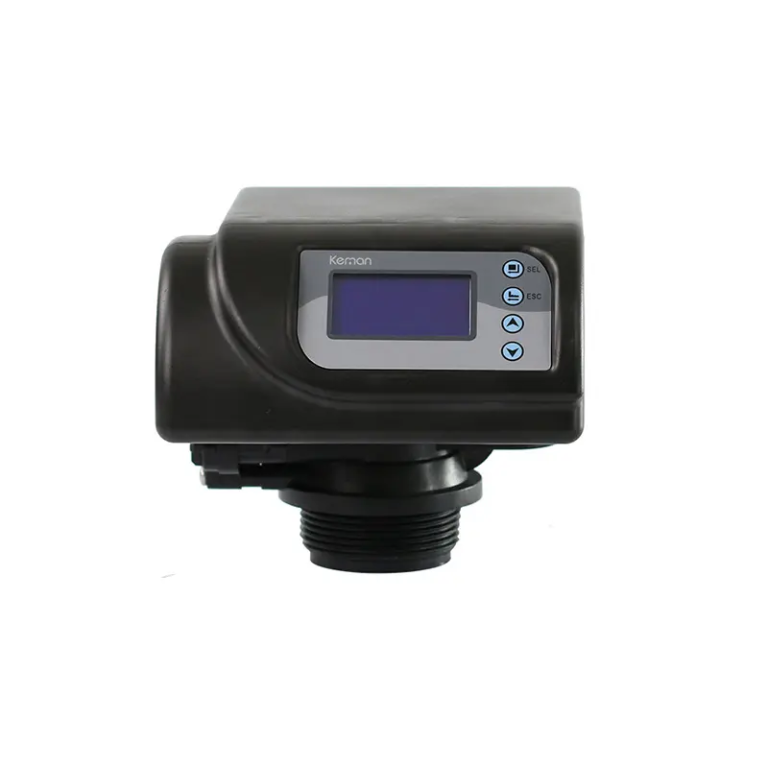“Upgrade your water softener with a new rotor valve for better performance.”
Table of Contents
Steps to Replace Water Softener Rotor Valve
Water softeners are essential appliances in many households, as they help to remove minerals such as calcium and magnesium from water, preventing limescale buildup in pipes and appliances. One crucial component of a water softener is the rotor valve, which controls the flow of water through the system. Over time, the rotor valve may become worn or damaged, leading to leaks or reduced efficiency. In such cases, it is necessary to replace the rotor valve to ensure the proper functioning of the water softener.
Replacing a water softener rotor valve may seem like a daunting task, but with the right tools and a step-by-step approach, it can be done relatively easily. Here are the steps to follow when replacing a water softener rotor valve.
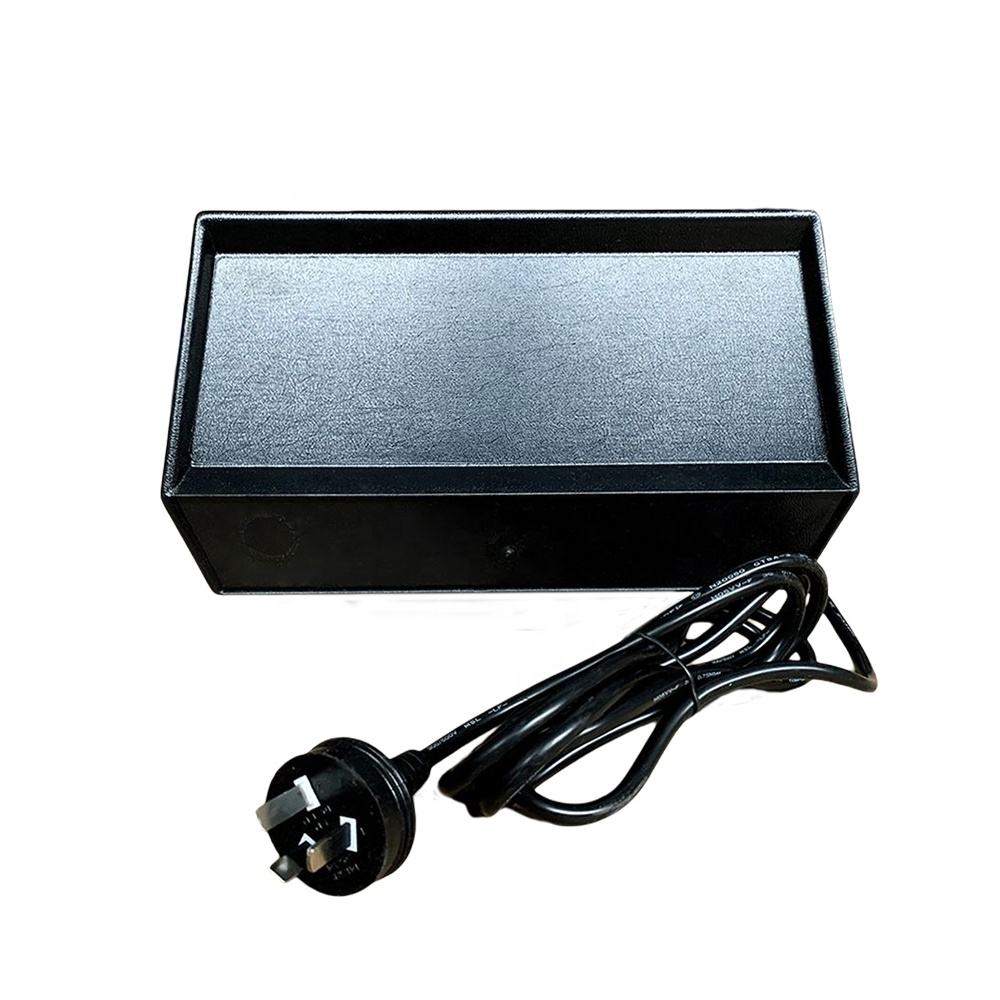
First, gather all the necessary tools and materials for the job. You will need a replacement rotor valve, a wrench or pliers, Teflon tape, and a bucket or towel to catch any water that may leak during the process. It is also a good idea to shut off the water supply to the water softener before beginning the replacement.
Next, locate the rotor valve on your water softener. The rotor valve is typically located near the top of the unit, where the water enters and exits. Once you have located the rotor valve, use the wrench or pliers to disconnect the water supply line from the valve. Be sure to have the bucket or towel handy to catch any water that may spill out.
| Model | Central tube | Drain | Brine tank connector | Base | Maximum power | Operating temperature |
| 2510 | 1.05″ (1″)O.D. | 1/2″O.D. | 1600-3/8″ | 2-1/2″-8NPSM | 72W | 1℃-43℃ |
| 1650-3/8″ |
After disconnecting the water supply line, remove the old rotor valve from the water softener. This may require unscrewing the valve from the unit or simply pulling it out, depending on the type of water softener you have. Once the old rotor valve is removed, clean any debris or buildup from the area where the valve was located.
Next, prepare the new rotor valve for installation. Apply Teflon tape to the threads of the valve to ensure a tight seal once it is installed. Carefully insert the new rotor valve into the water softener, making sure it is securely in place.
Once the new rotor valve is installed, reconnect the water supply line to the valve. Use the wrench or pliers to tighten the connection, ensuring that there are no leaks. Turn the water supply back on and check for any leaks around the valve. If there are no leaks, the replacement is successful.
Finally, run a regeneration cycle on your water softener to ensure that the new rotor valve is functioning properly. This will help to flush out any air or debris that may have entered the system during the replacement process.
In conclusion, replacing a water softener rotor valve is a straightforward process that can be done with a few simple tools and a bit of patience. By following these steps, you can ensure that your water softener continues to operate efficiently and effectively. If you are unsure about replacing the rotor valve yourself, it is always best to consult a professional to avoid any potential damage to your water softener.
Tips for Choosing a New Rotor Valve for Water Softener
Water softeners are essential appliances in many households, helping to remove minerals such as calcium and magnesium from water to prevent scale buildup in pipes and appliances. One crucial component of a water softener is the rotor valve, which controls the flow of water and regeneration cycles. Over time, rotor valves can wear out or become damaged, necessitating replacement. If you find yourself in need of a new rotor valve for your water softener, here are some tips to help you choose the right one.
First and foremost, it is essential to determine the correct size and type of rotor valve for your water softener. Rotor valves come in various sizes and configurations, so it is crucial to match the replacement valve to the specifications of your existing water softener. Consult your water softener’s manual or contact the manufacturer to ensure you select the correct rotor valve for your system.
When selecting a new rotor valve, consider the material from which it is made. Rotor valves are typically constructed from materials such as brass, plastic, or stainless steel. Brass valves are durable and resistant to corrosion, making them a popular choice for many water softeners. Plastic valves are lightweight and affordable but may not be as durable as brass or stainless steel. Stainless steel valves are highly durable and resistant to corrosion, making them an excellent choice for long-term use.
Another important factor to consider when choosing a new rotor valve is the type of control mechanism it uses. Rotor valves can be manual or automatic, with automatic valves being more convenient but typically more expensive. Manual valves require the user to adjust the settings manually, while automatic valves can be programmed to regenerate based on water usage or a timer. Consider your preferences and budget when selecting the type of control mechanism for your new rotor valve.
Additionally, consider the reputation of the manufacturer when choosing a new rotor valve for your water softener. Look for reputable brands with a history of producing high-quality products and providing excellent customer service. Reading reviews and seeking recommendations from friends or family members can help you make an informed decision when selecting a new rotor valve.
Once you have selected a new rotor valve for your water softener, it is essential to follow the manufacturer’s instructions for installation carefully. Improper installation can lead to leaks or other issues, so take your time and ensure that the valve is installed correctly. If you are unsure about how to install the new rotor valve, consider hiring a professional plumber to assist you.

